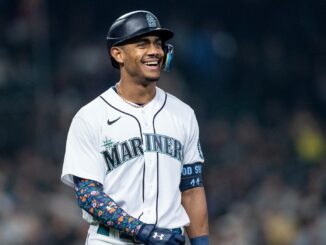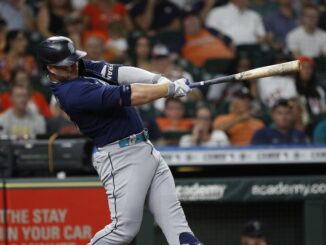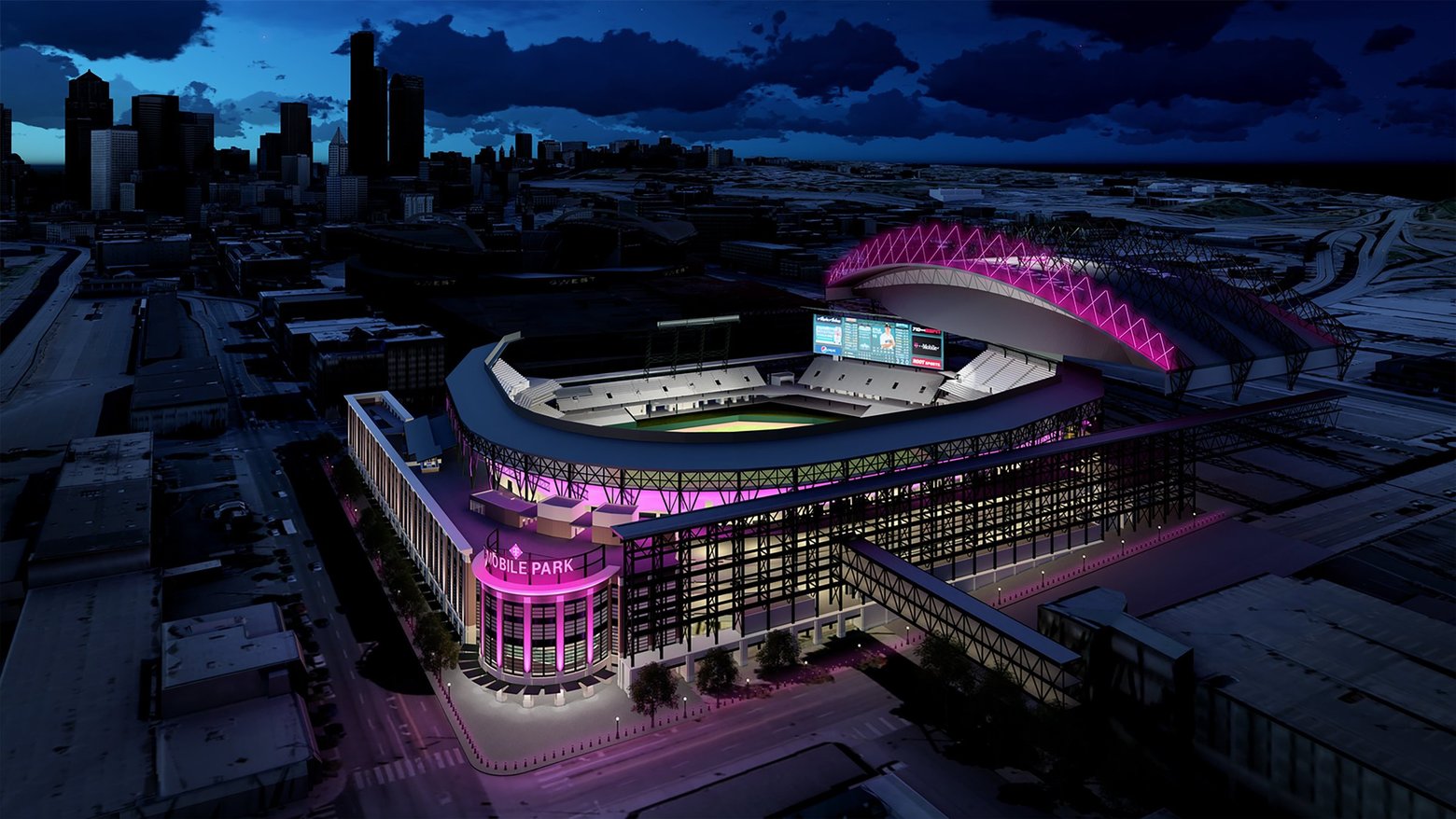
Leading up to the July 30 Major League Baseball trade deadline, the Seattle Mariners were one of baseball’s busiest teams.
By the time the dust settled, the Mariners had made four significant trades and improved their bullpen and lineup. The changes were needed for a team struggling to recover from a July nosedive, but are they enough to keep the Mariners afloat in a highly competitive American League West?
The Mariners desperately needed help in both the bullpen and the lineup, and they acquired two of the best players available to help on those fronts. From the Tampa Bay Rays, the Mariners brought in left fielder Randy Arozarena, and from the Toronto Blue Jays, the team acquired reliever Yimi Garcia. Shortly before the deadline, the team made two more moves, acquiring veteran infielder Justin Turner from the Toronto Blue Jays and reliever J.T Chargois from the Miami Marlins.
Arozarena and Turner are desperately needed upgrades for an offense that had simply cratered in July. At a trade deadline where very few impact bats moved, the Mariners struck decisively to get some of the best upgrades available and could do so without skimming the top part of the farm system. However, the downside of not being able to acquire more impact bats means the Mariners are stuck trying to make the best of what they have. And what they have … is not good. In the offseason, the team acquired four key pieces that were meant to improve the team from last season: designated hitter Mitch Garver, outfielder Mitch Haniger, second baseman Jorge Polanco, and outfielder Luke Raley. Those acquisitions have turned into a disaster class of how not to build a team. While Polanco has shown signs of turning things around in the second half, the four players combined have accounted for 1.6 offensive wins above replacement, a number that was even uglier before Polanco’s recent upswing. Garver, who the team hoped would solve its recent designated hitter woes, has only been a “hitter” in the title. Instead, he has largely been relegated to the backup catcher after hitting .154 in July with four extra-base hits. He has the lowest batting average among qualified players at .167 and has shown no signs of emerging from his season-long slump. Raley has cooled off after a hot start, and Haniger has appeared to be a shell of the player who helped the Mariners reach the postseason in 2022.
Even if Turner and Arozarena can help the team improve, the team will still be going into the offseason looking to improve at the same positions it has needed help at for most of the last six years: second base, first base, corner outfield, and designated hitter. While the Mariners regained at least a share of first place after giving up a 10-game lead in weeks, the offense still has a long way to go. After scoring 15 runs in the first 15 innings of a series against the Philadelphia Phillies immediately after the trade deadline, they scored three runs in the subsequent 22 innings against the Phillies and Tigers.
The Mariners will be getting some reinforcements in the near future when Julio Rodriguez returns from the disabled list, which will allow them to push Haniger into even more of a part-time role. If shortstop J.J Crawford makes it back before the end of the season, it would shore up the lineup. However, until that happens, the Mariners are going to need to keep shuffling the lineup and hope that waiver wire pickup Victor Robles continues to perform well in the outfield and that players like Haniger, Raley, and Polanco can at least hit their weight.
Otherwise, there is not much that manager Scott Servais can do from his end. The Mariners chose to go bargain hunting in the offseason instead of making significant improvements, and now the chickens have come home to roost. It’s not to say the Mariners could have competed with a team like the Dodgers for the services of Shohei Ohtani, but the ability to throw money at a player is something a single team can control. When they have to seek upgrades at the trading deadline, they have to rely not only on their ability to beat out another team’s offer but also have to pay a cost in prospects and money and rely on the hope that teams will have players available to trade for. Since they chose not to spend the money in the offseason, they were left to acquire the best players they could at the trade deadline. While players like Arozarena, Turner, Garcia, and Chargois certainly make improvements, none represent dramatic improvements to the team. Instead, they improve the team around the margins. They are the type of trades teams like the Dodgers make every trade deadline, where they shore up positions of need. The difference is that the Dodgers are in the top five teams in most offensive categories, while the Mariners are in the bottom five in most categories. While the players they got undoubtedly represent an improvement, the Mariners desperately needed a dramatic improvement to help out the heroic efforts of their starting rotation, and a dramatic improvement is not what they got.
Without acquiring the dramatic improvements they sought, the team will need to keep rearranging the deck chairs and hope that a player or players already on the roster can step up and guide the ship through troubled waters and back to the playoffs.




